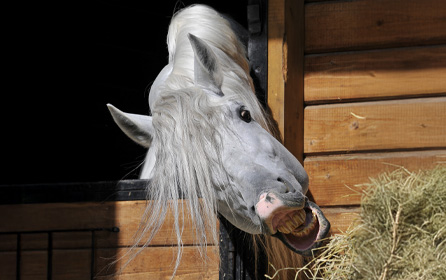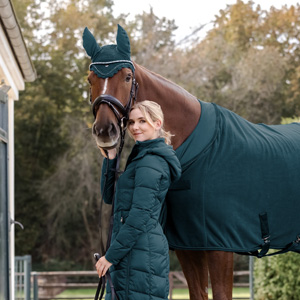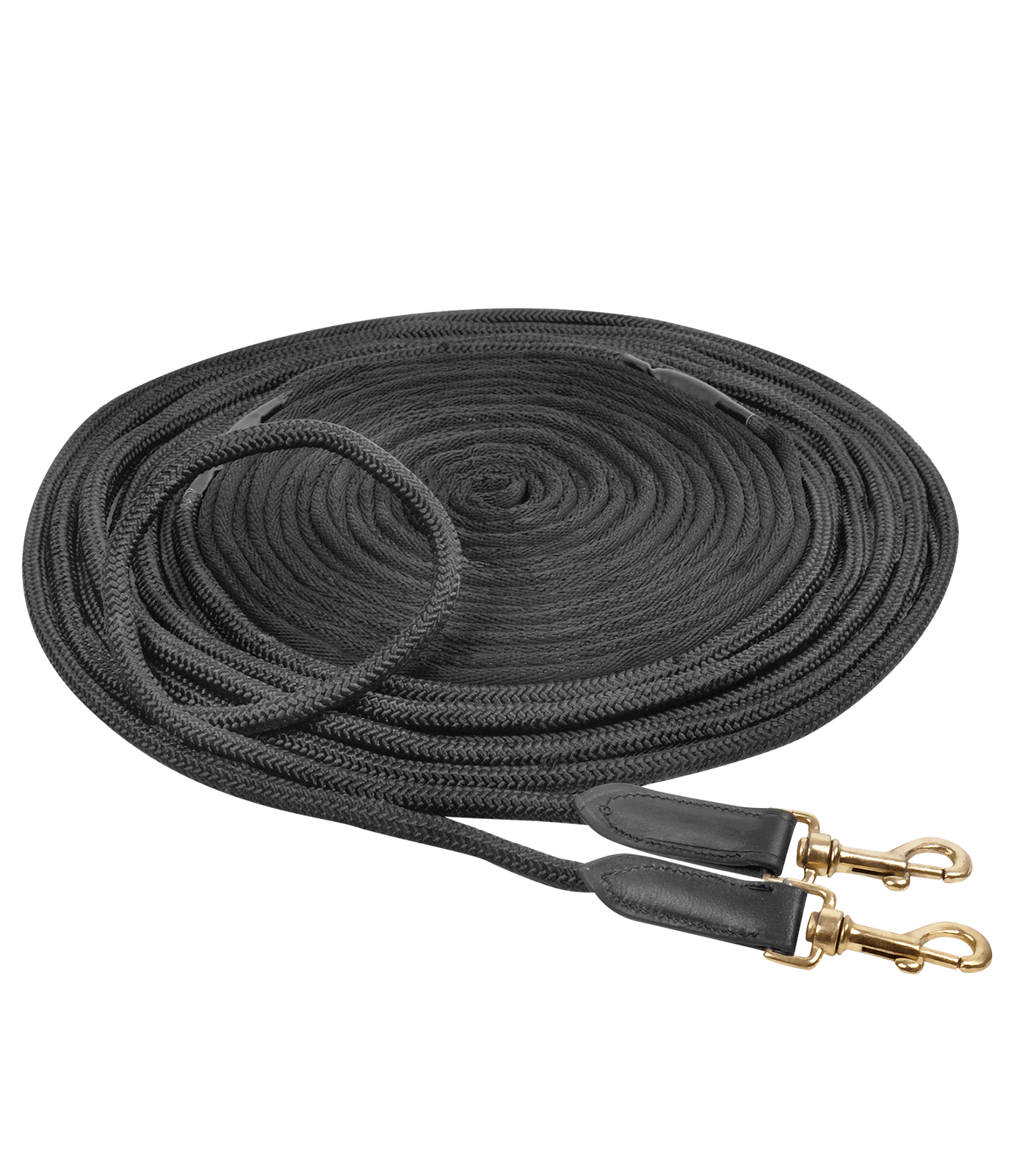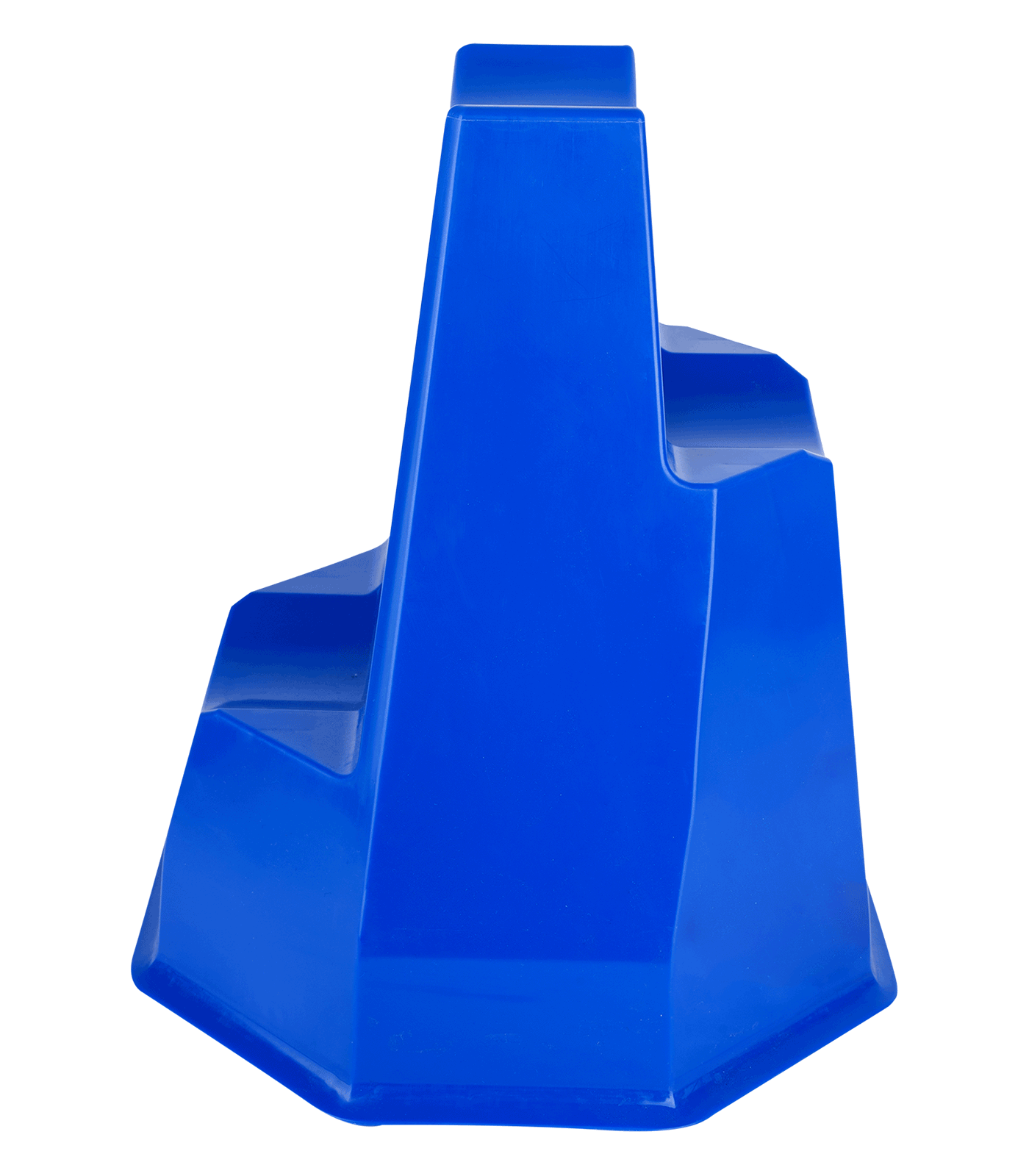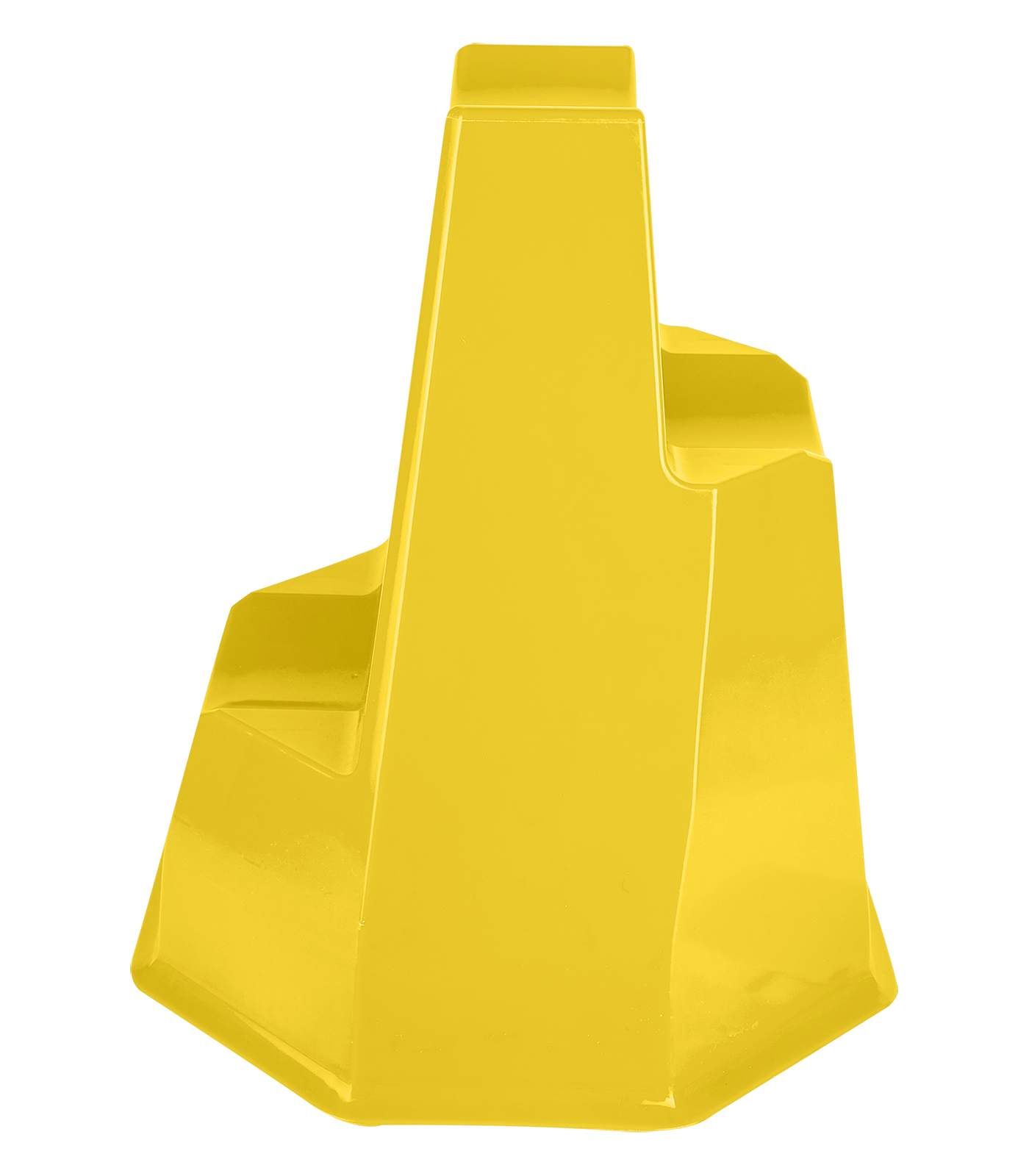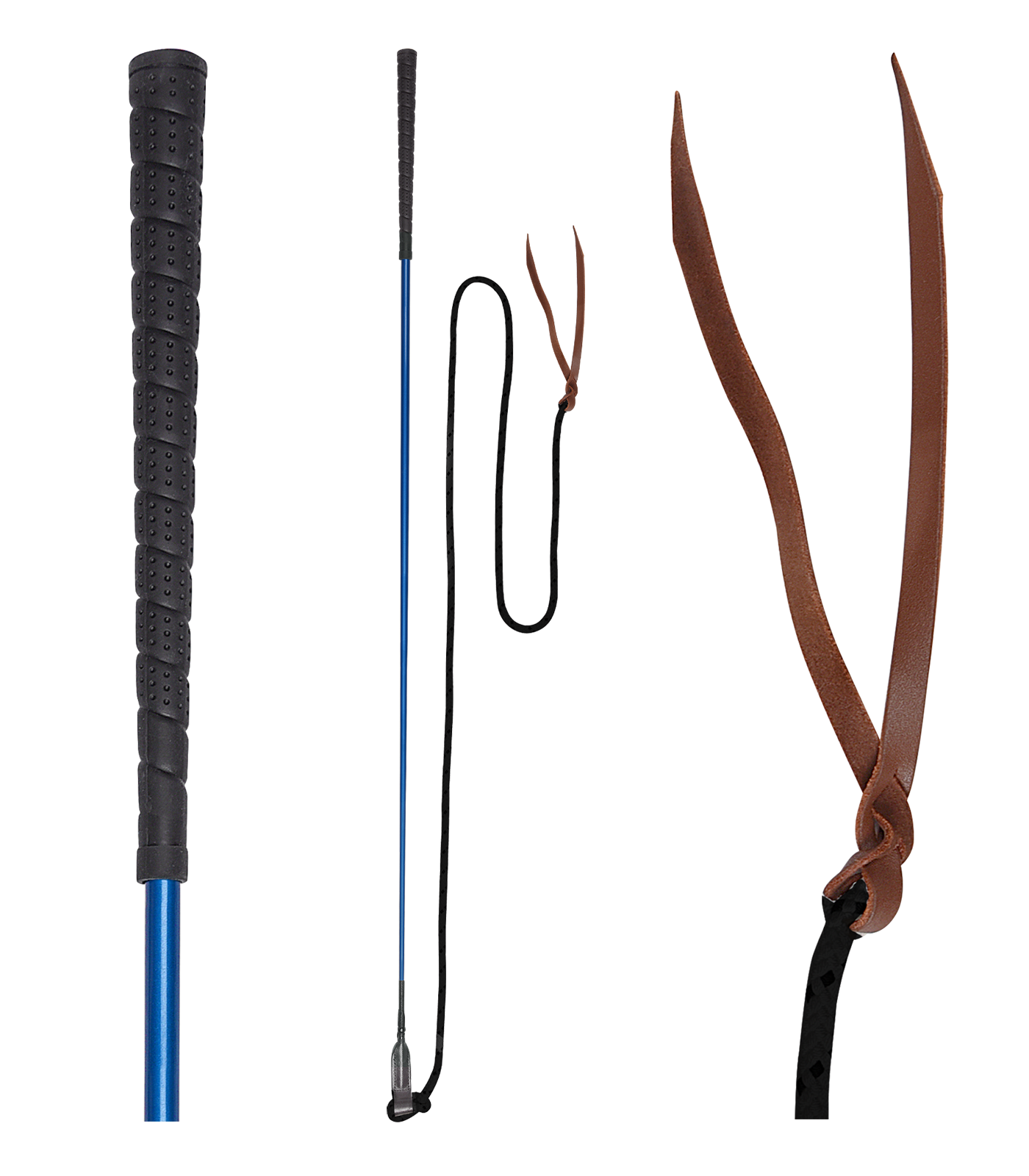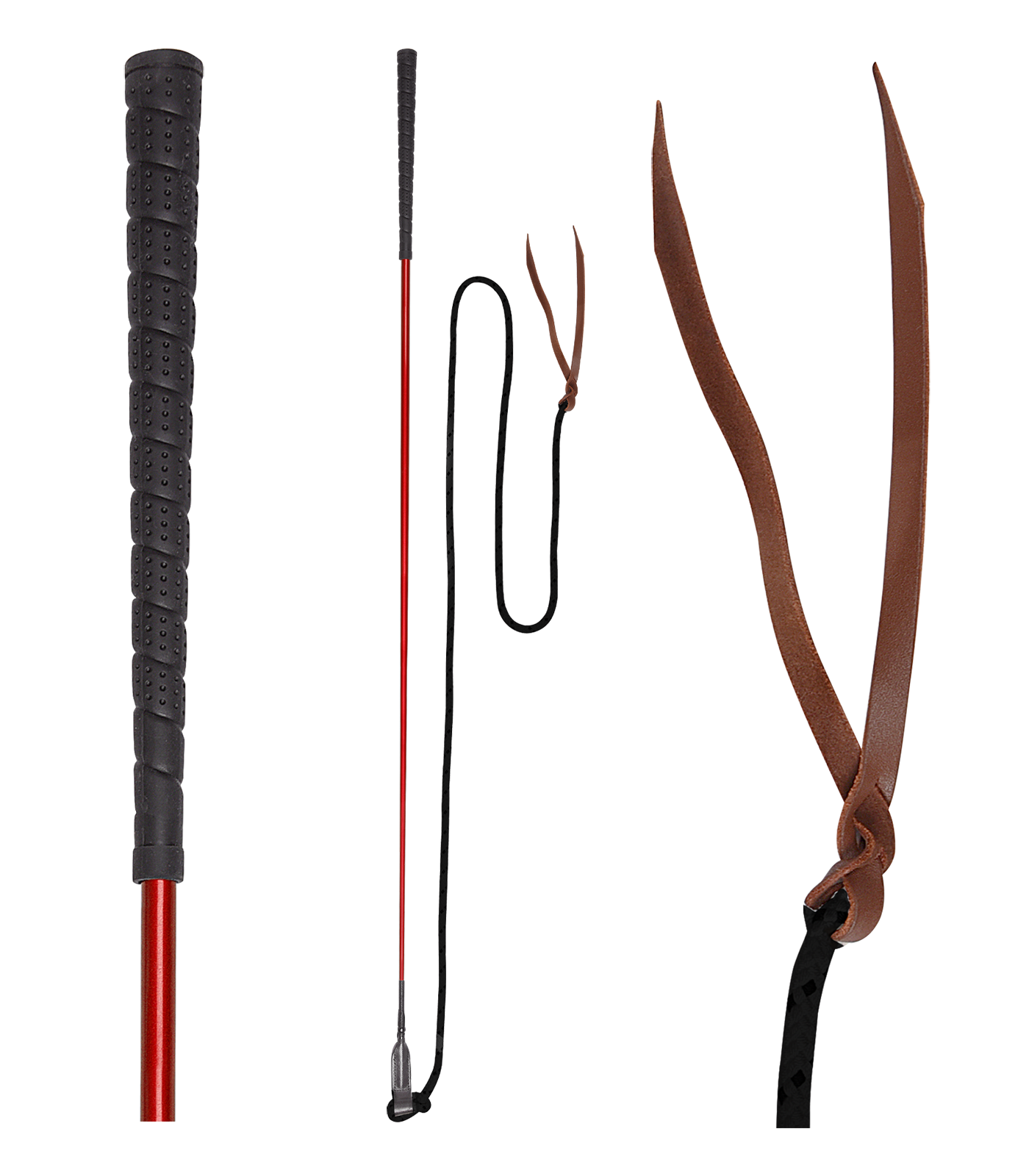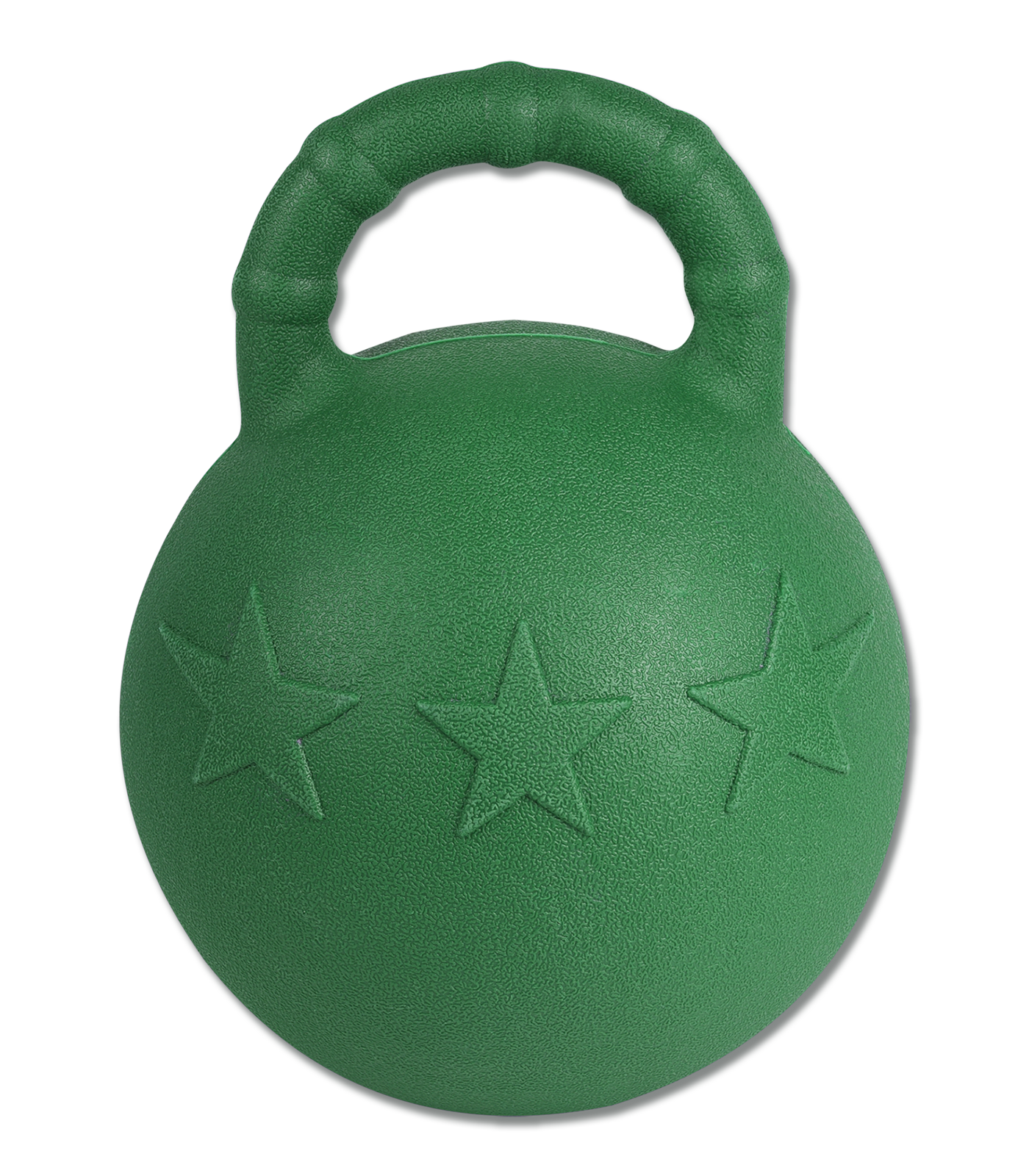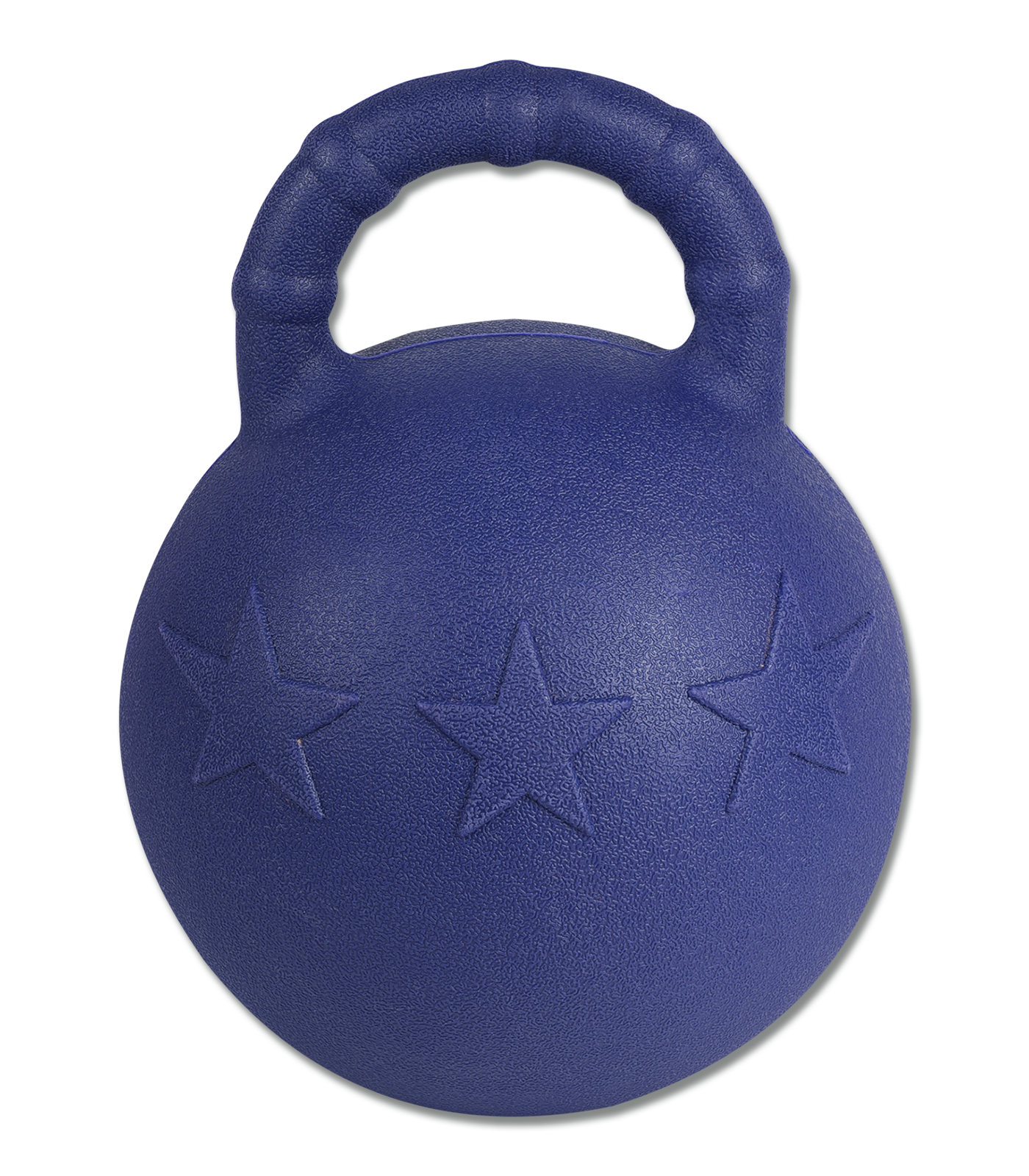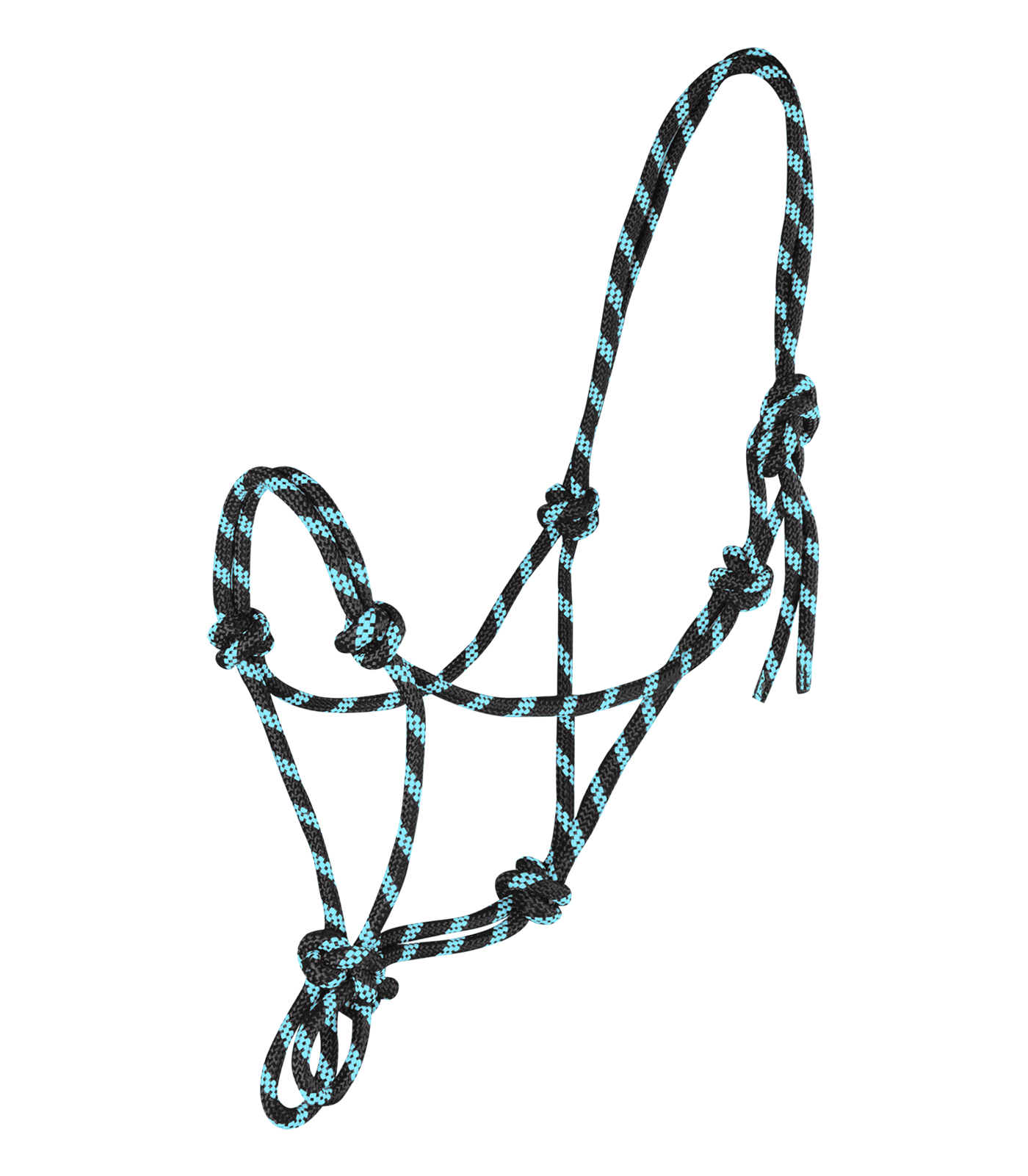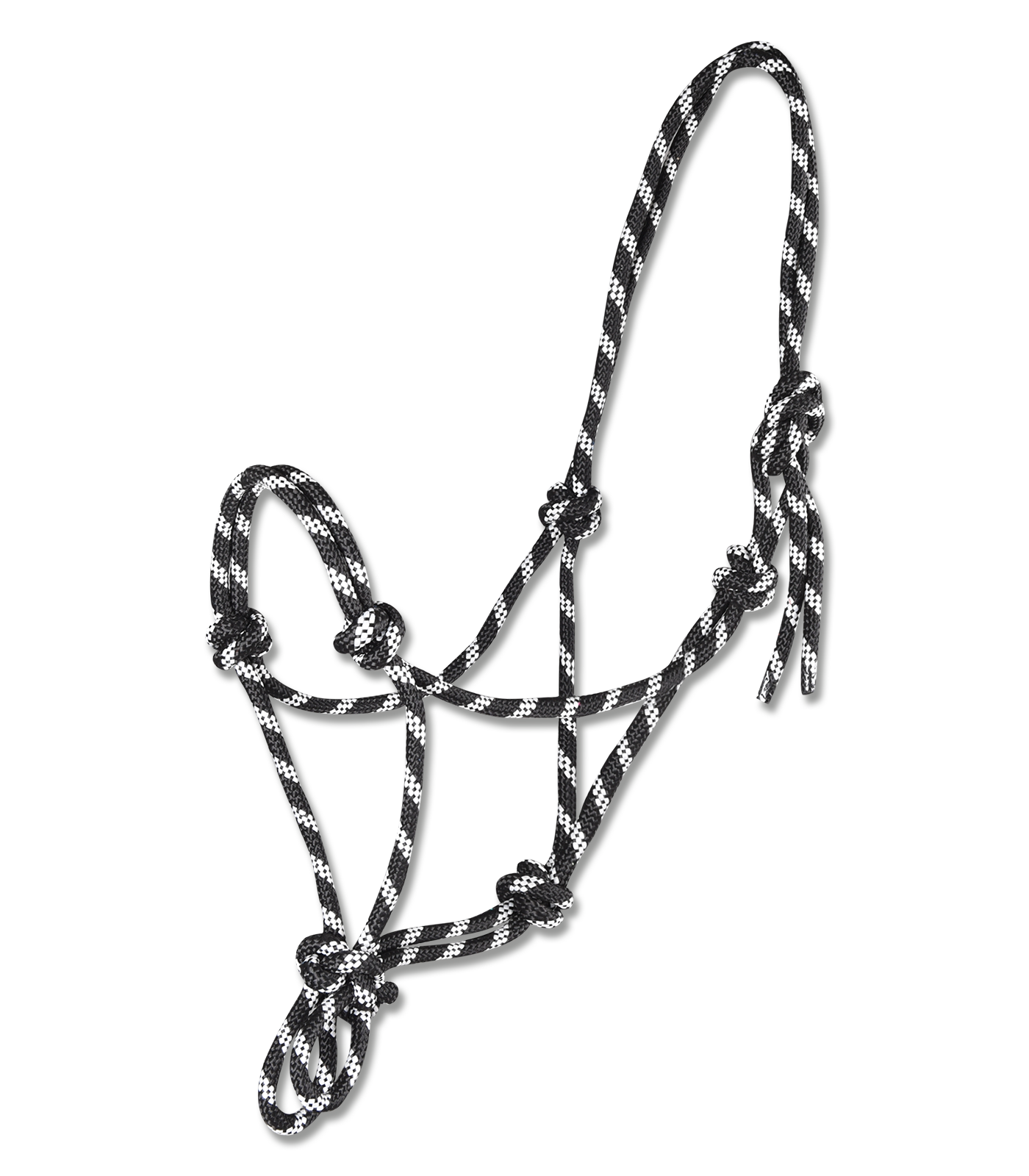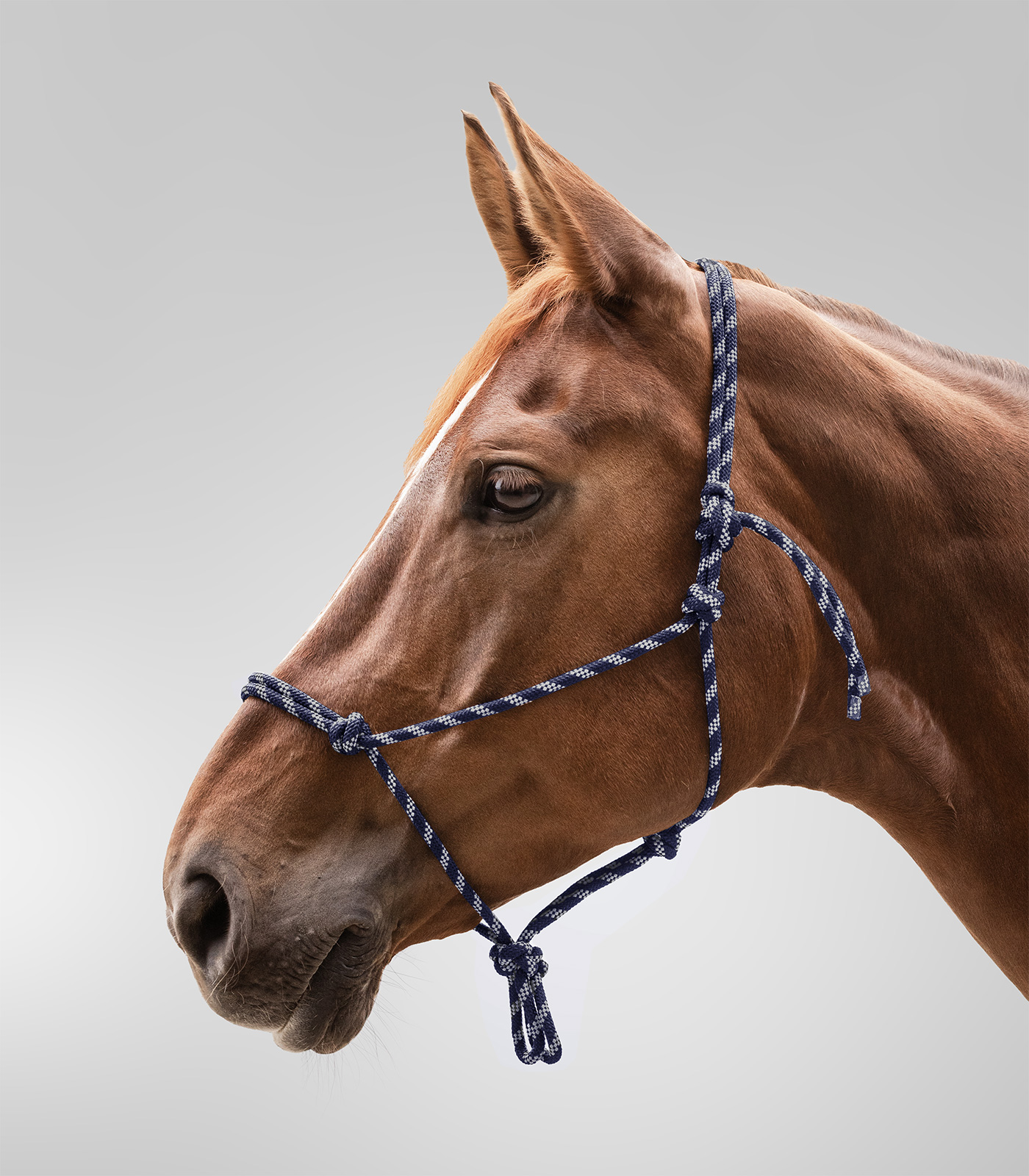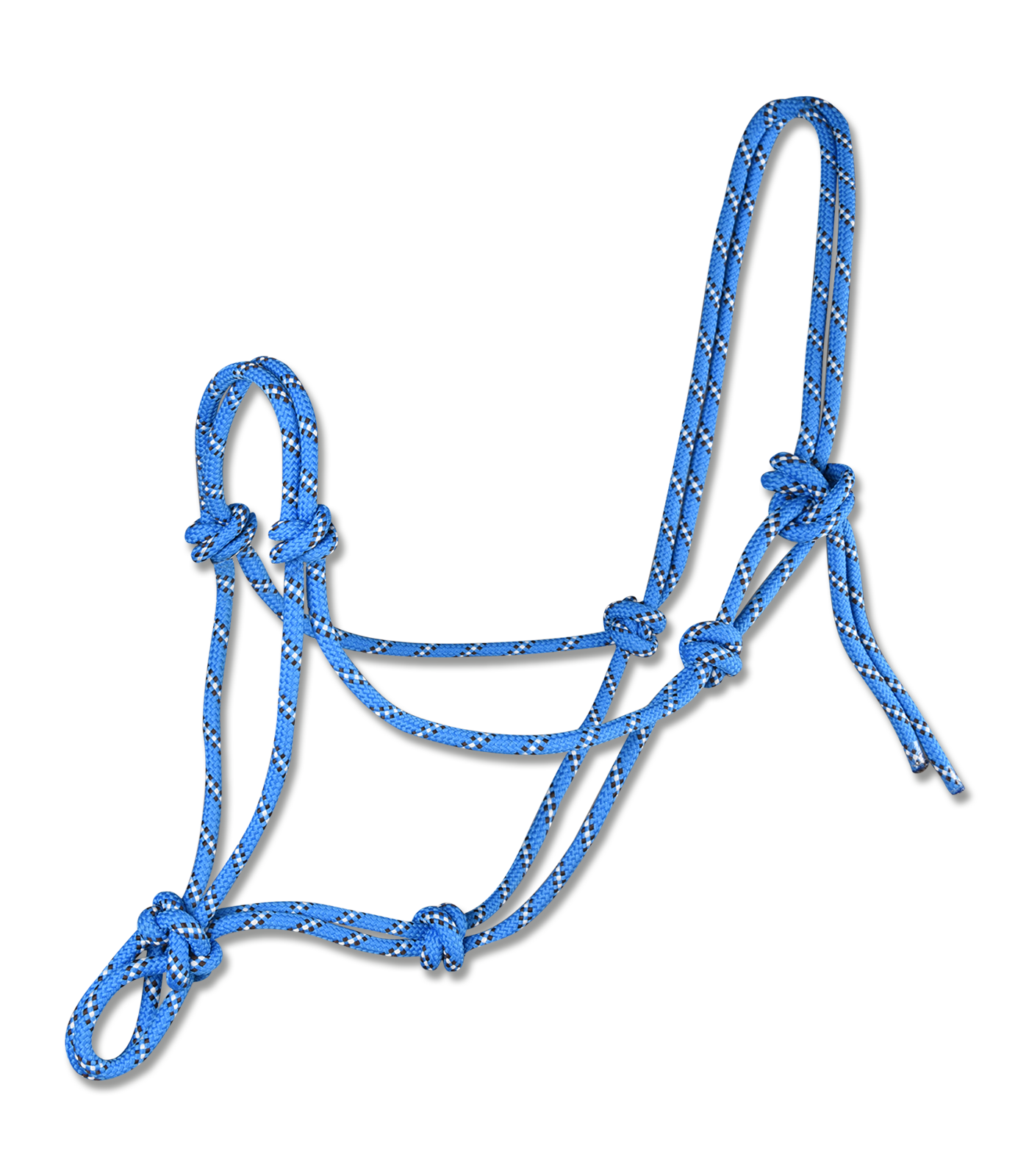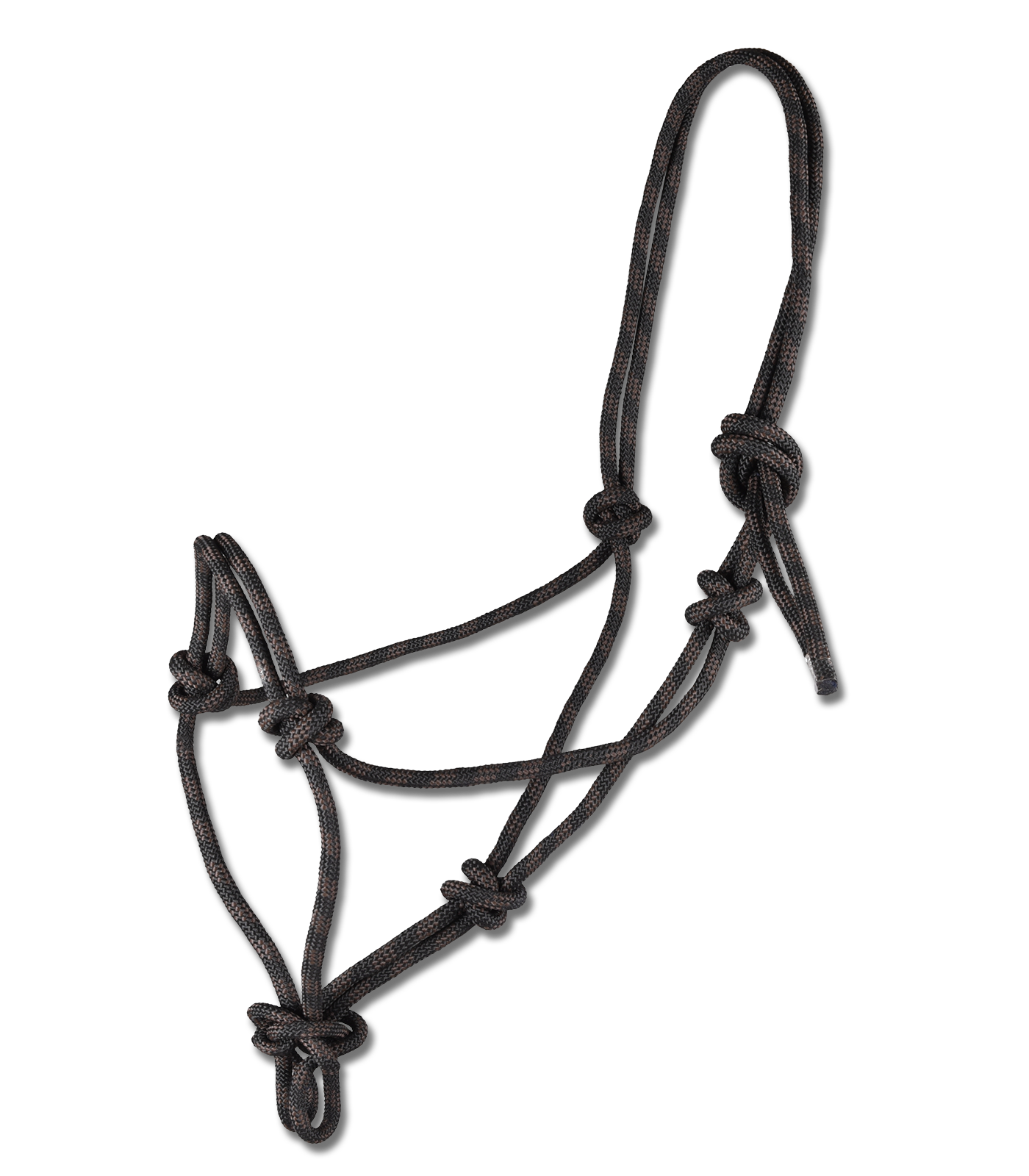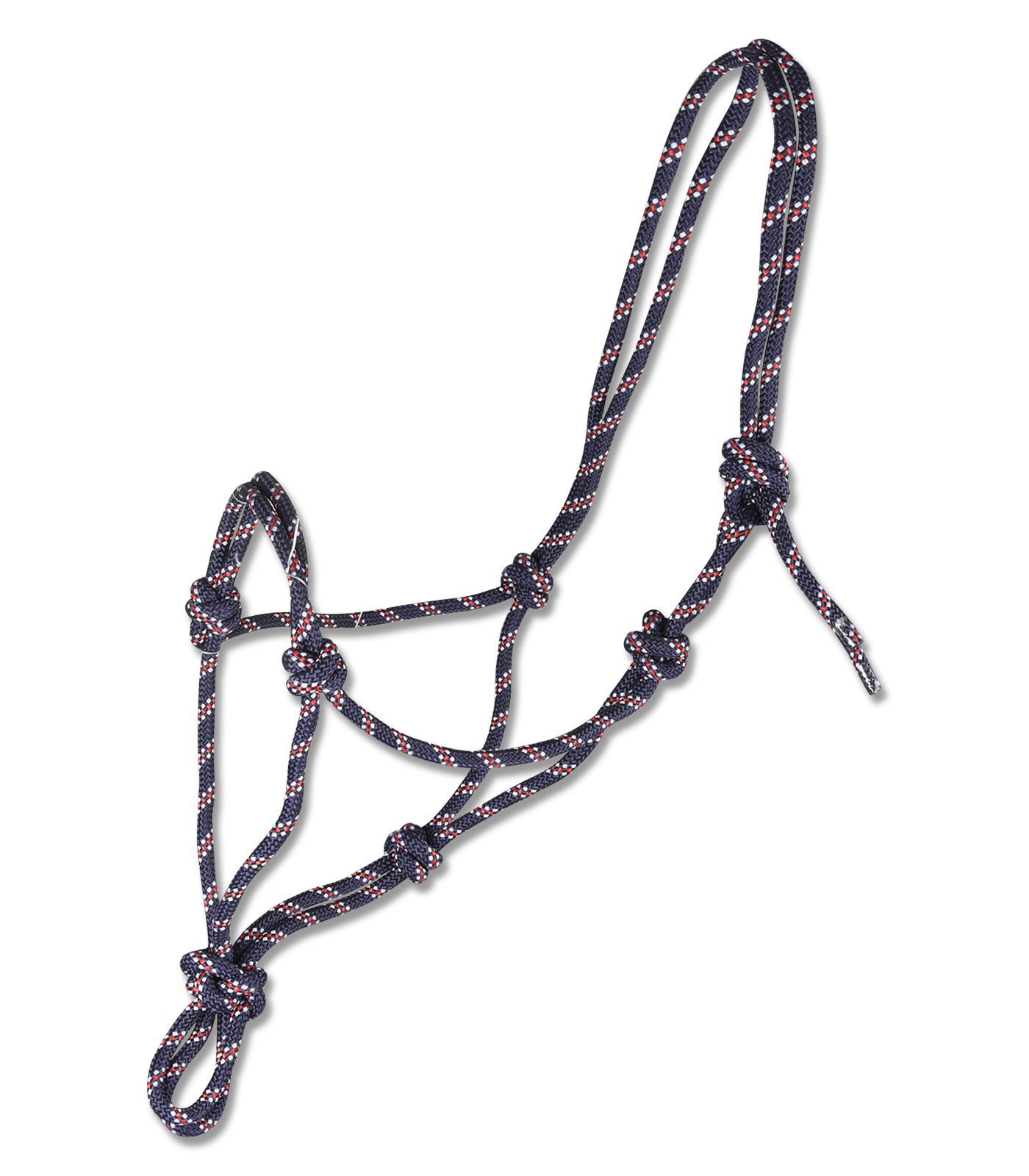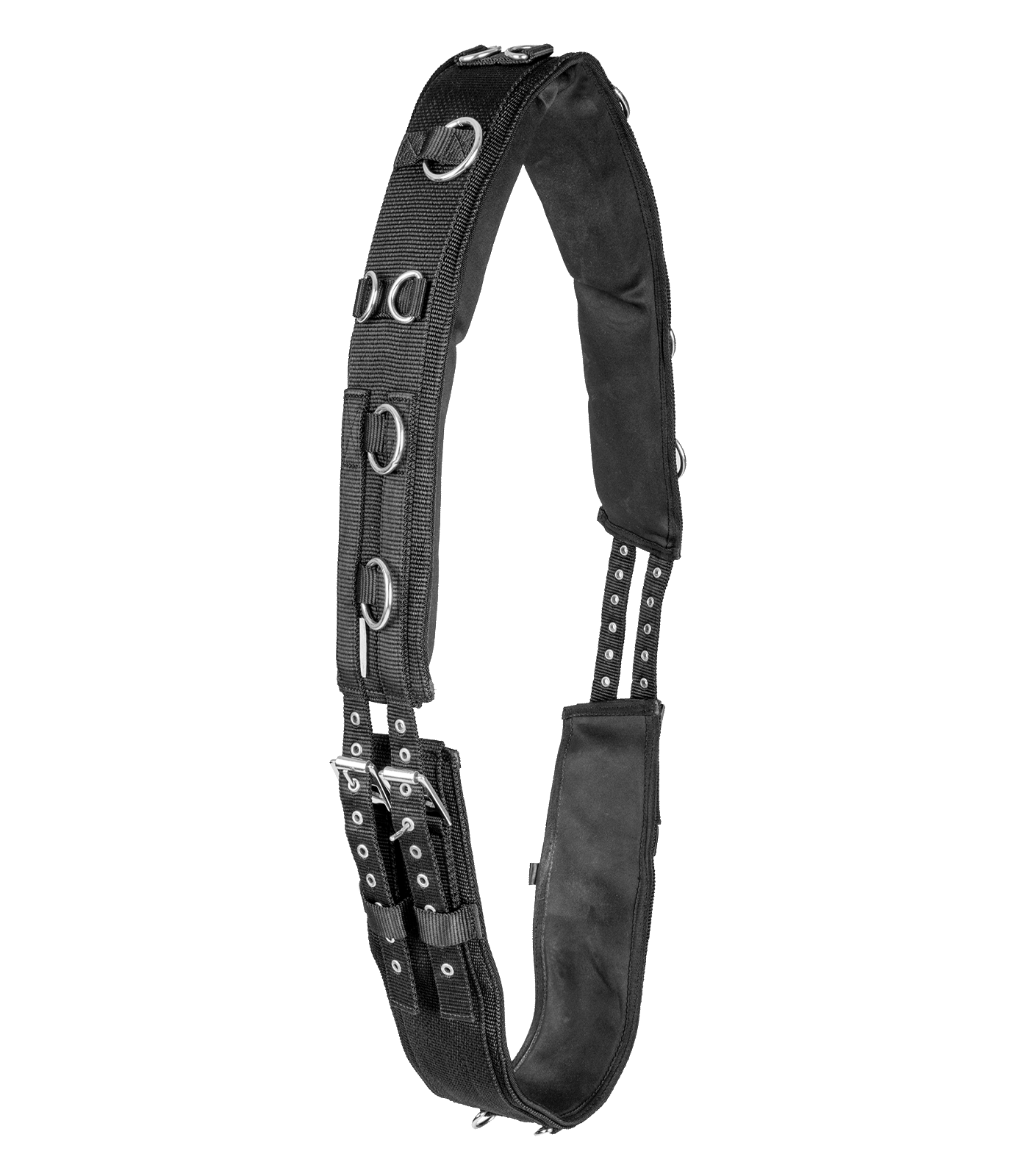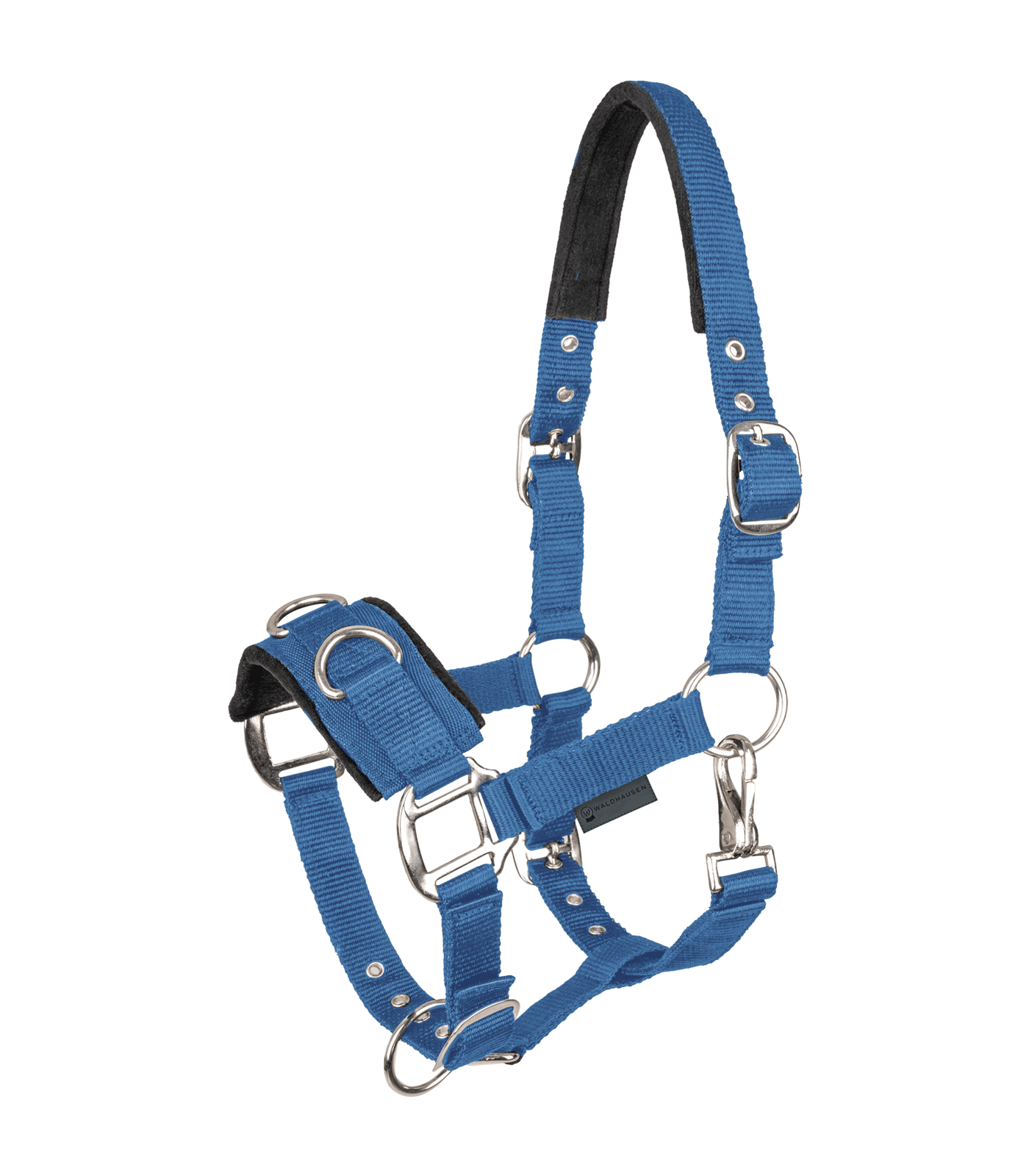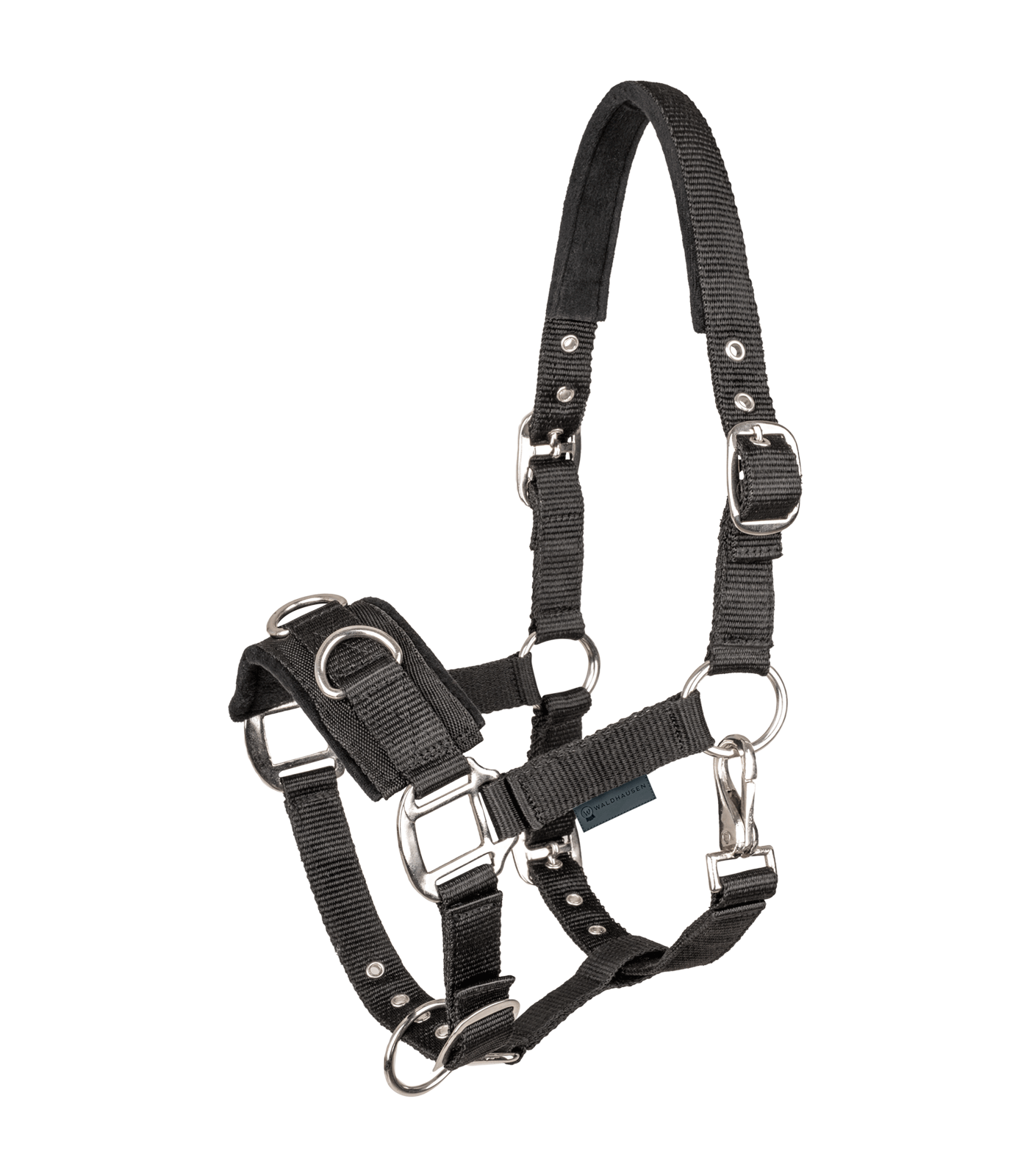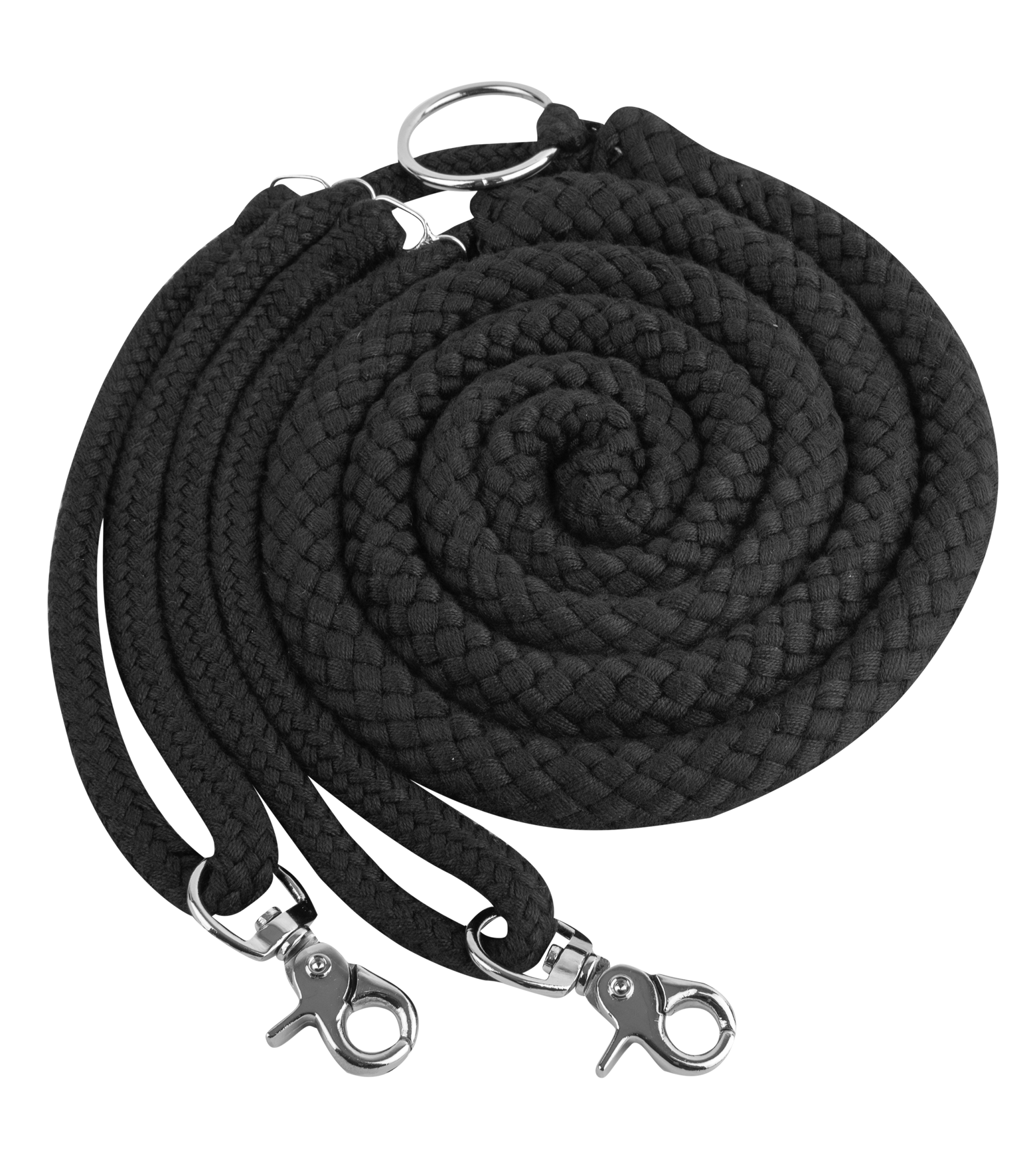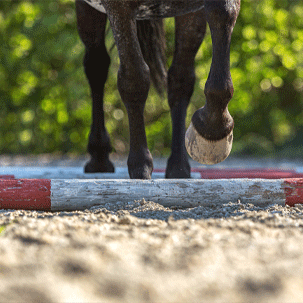
Pole work is a great method to add variety to training while effectively promoting your horse's agility. With targeted exercises, you can improve not only coordination and balance but it will also visibly benefit your horse's muscles! Depending on the difficulty of the exercises, your horse learns to precisely and skillfully sort its own legs. A high level of concentration and foot safety can have a very positive impact on competition results, trail riding, and everyday life. Another advantage: pole work is fun! With creative pole exercises, both you and your horse can enjoy efficient training that leaves no room for boredom and can strengthen your bond as a team.
Different Types of Pole Exercises With The Horse
There are two positions you can take during pole work: either on your horse's back or on the ground beside them. Ideally, you shouldn't switch between these positions unintentionally. Depending on your goals and the trainqing level, you can be fully creative and use both positions in a way that is optimal for you and your horse.
Basic exercises to start with
Pole work can be done with just one single pole. These two basic exercises stand as starting points:
- Hoof by Hoof: Stand facing your horse on the opposite side of the pole, connected by a working line about three meters long. You signal your horse exactly how many hooves should go over the pole—first just one, then two, then three, then four—and then back again. This playful exercise helps to establish a fine communication between you and your horse and focuses your horse's attention on your signals. You can creatively play with the sequence of steps. Perhaps start with the front hooves moving forward over the pole, then back, then three hooves, then one back… and so on.
- Moving Sideways: With a bit of practice, your horse can quickly learn to walk sideways from one end of the pole to the other, elegantly crossing its legs without touching or stepping over the pole. You can do this exercise either from the ground or while mounted.


Exercises in trot
At a trot, horses need to engage their hindquarters to move powerfully over the obstacles on the ground. Most horses will lower their heads, which makes their backs arch. However, there are important tips regarding spacing to ensure that your horse's movement is not disrupted depending on the pace. Special
cavaletti blocks allow you to vary the height, adding even more variety to your training.
- Trot poles: While a distance of about one meter is usually fine for ponies, larger horses need more space to trot over the poles. Generally, a distance of 1.30 meters is recommended for successfully navigating a series of poles.
- Canter Poles: Depending on the size and range of the horse’s motion, it is advisable to place the poles at least three meters apart.
Cloverleaf : Concentration for Horse & Rider
A great exercise to engage both the horse's and the rider's concentration is called the "cloverleaf." For this exercise, four poles lay in a square in the center of the riding arena. You will ride in such a way that after crossing one pole, you turn right or left and then approach the nearest pole. Always imagine a four-leaf clover while doing this.
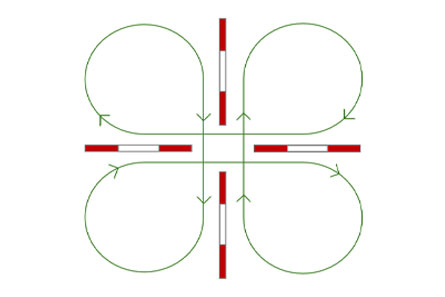
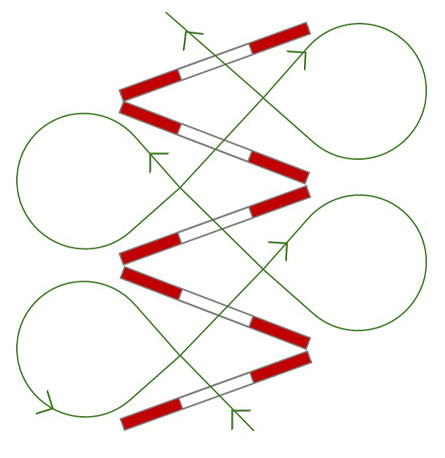
Circle Forms & ZigZag Pattern
Circle Forms
With four poles placed at the circle points, you can perfectly practice riding or lunging your horse in a round circle. In every gait, the poles help activate the hindquarters and raise the hooves more consciously.
Zigzag Pattern
This exercise is all about a solid dose of skill and concentration! Position the poles at a 45-degree angle to each other so that you can step over one pole and then navigate a tight turn to the next pole. In general, you can ride this pattern in any gait, although cantering small turns can be quite challenging—it's usually better to ride around the poles with more space. You can also set the poles further apart and practice to bend your horse along a curved line.
Avoiding mistakes in pole work
Uneven distances can disrupt the horse's movement and therefore significantly increase the risk of injury. Especially uncoordinated horses or those tending to hurry should not be stressed by inappropriate distances. When the exercises can be mastered without issues at walk and trot, canter is ready to be added. Always ensure that quality is more important than speed. If your horse can navigate a chosen pattern safely under saddle or while being lunged on the ground, you can change the gait. If your horse constantly touches the pole, the distance may be inappropriate or the curve too small. For effective training, it is crucial to adapt the exercises to the physical and mental condition of both the rider and the horse.
Tailoring Pole Work to the Horse
To avoid a chaotic "pole salad," the exercises should always be tailored to the abilities of both rider and horse. Young, inexperienced horses often tend to rush, so calm training with patient repetitions is absolutely key. Starting with a few poles at a walk or trot, with pauses to allow the horse understand what it just learned. That helps to prevent overwhelm. The difficulty level or gait should be adjusted according to the horse's progress. For older horses, always keep an eye on any physical limitations that should be considered in pole work. Well-trained, fit horses usually show enthusiasm for varied exercises. Incorporate different heights, patterns and sequences to maintain your horse’s concentration.
Regular Integration of Pole Work with Your Horse
Do you know which exercises spark more enthusiasm in your horse than others? Some horses are highly motivated on trails or jumping but may show less energy in dressage - or vice versa. If pole work increases your horse’s enjoyment, it can be a great opportunity for regular variety. Pole exercises are excellent for targeted muscle-building or as preparation for jumping and cross-country courses. They’re also versatile enough to blend with other training approaches like groundwork, horsemanship, jumping practice, and trail riding, keeping both you and your horse engaged and motivated.
Optimizing pole work with your horse
The authors


On the blog, you’ll learn when clipping makes sense, which clip patterns to choose, and what to keep in mind during coat changes.

